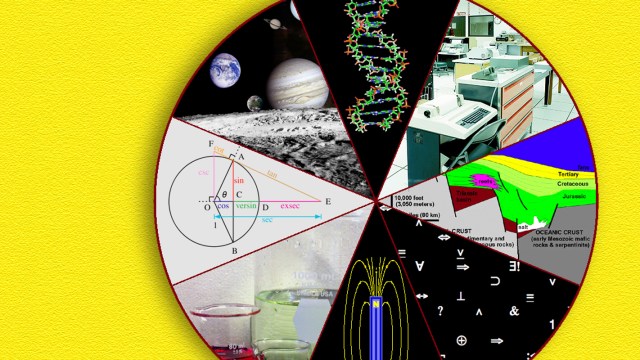The 5 Most Important Rules For Scientists Who Write About Science
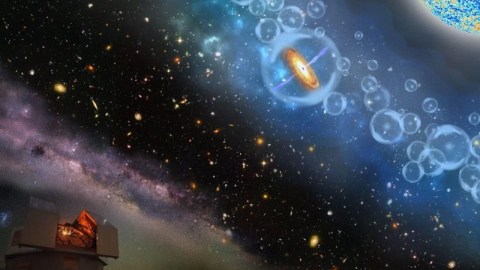
There’s a big reason no one, not even Stephen Hawking, could fill Carl Sagan’s shoes.
Everyone has a unique story to tell. For scientists, that story is one that usually only a few people in the world understand as fully and completely as they do. Even within their own sub-field, they have an expertise and a perspective that pushes the frontiers of human knowledge. For those of us who are curious about the Universe, that cutting edge between the known and the unknown is the most exciting place to be. The researchers who expand not only the body of human knowledge, but the possibilities for what could theoretically exist, are always the first to see what exists over today’s horizons.
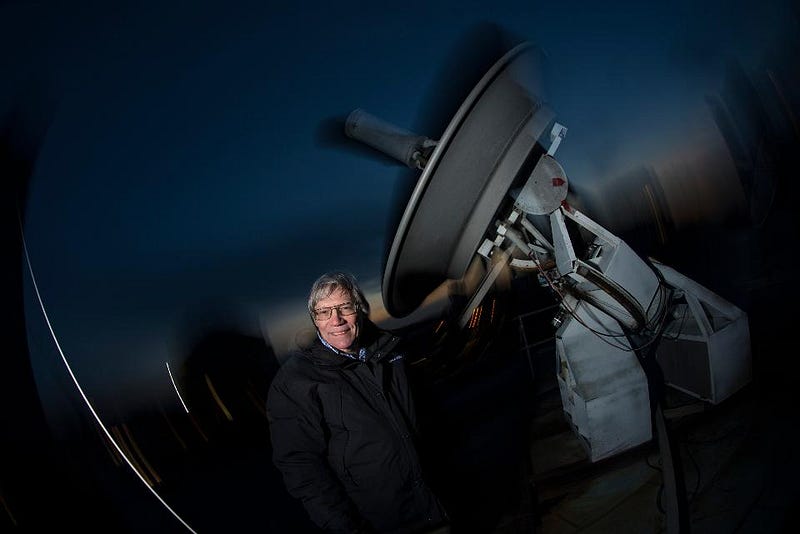
But getting that information out to the general public is where the trouble often arises. Far too frequently, the stories that the scientists tell are either intractable, where perhaps only a few other experts understand it at all, or are so oversimplified that they lead to new misunderstandings rather than illumination. You can always go to a secondary source, like a journalist who tried to make sense of the research, but that’s like playing a game of scientific telephone. The cumulative errors, going from the scientist to the press officer to the press release, mean that even the best science writers start out at a tremendous disadvantage, and that’s even discounting the knowledge gap. You’re likely to lose a whole lot of nuance, detail, and information if that’s where you get your information from.

When filmmakers made the movie Miracle, about the United States’ unlikely victory over the USSR in ice hockey at the 1980 winter olympics, they struggled with casting the hockey players. Who should fill those roles? Actors, whose hockey skills would be distinctly sub-par, or hockey players, whose acting might well be atrocious? The casting directors, Sarah Finn and Randi Hiller, made the wise decision to go with the hockey players. Their rationale? It would be easier to teach hockey players, many of whom have over a decade of experience (even as teenagers), how to act well than it would to teach experienced actors how to skate and play hockey well.
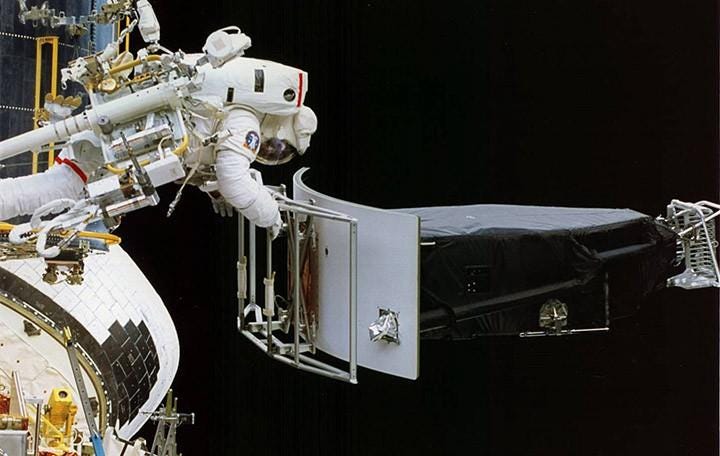
That same analogy should hold with scientists and writers: it ought to be easier to teach a scientist how to write well than it is to teach a writer the full suite of ins-and-outs of a particular scientific sub-field. Yet many, if not most, of the popular pieces written by actual scientists fall short of the mark. While there are a myriad of mistakes that scientists make, they often fall into a few basic categories. Rather than focus on what people do wrong, it’s far more instructive to focus on how to do it right. By following these five straightforward rules, any scientist can vastly improve their communication skills with the general public. Here’s what they are.

1.) Drop the jargon. The number one goal of any form of communication is to be understood. How is that going to happen if you’re using words and phrases that only people who’ve already studied the field intensively will be familiar with? For example, which of these two sentences would you rather read:
- Cosmological perturbations grow according to the Mészáros effect until the onset of nonlinearity.
- This is why gravity won’t let the Universe form stars for over 50 million years, and galaxies for even longer.
Yes, these two sentences say similar things, but unless you’re a graduate-educated astrophysicist, you probably won’t understand the first sentence at all. That’s okay! You can take longer to explain something, but you must start at a place where everyone’s comfortable and work your way up from there. Teach concepts, not vocabulary.

2.) Be excited. In science, we’re taught that being as objective as possible is extremely important. We take extreme care not to fool ourselves; to challenge our positions; to try and knock down our own greatest ideas and beliefs about how the Universe works. But that attempted objectivity often leads to us muddling around in the details, rather than getting excited about the grand motivation for our inquiries in the first place.
In science communication, it’s far more important to focus on passion. On your passion for your subject, and on why someone with no relation to it should intrinsically care about it. I’m not telling you to throw objectivity away, but rather to replace it with fairness. You have your professional opinion for a reason. Go out there, talk about why your research matters, and make the world care about it just as much as you do.

3.) Don’t oversimplify. Part of your job as a science communicator is to translate from scientist-speak to what a layperson can understand. That inherently involves simplifying a story that likely took you years, if not a decade or more, to put together. It’s tempting to throw oversimplified analogies in there so you don’t have to explain something that’s difficult. People might be aware of commonly-used phrases like particle-antiparticle pairs, Schrödinger’s cat, or the evolutionary ‘missing link,’ for example.
But oversimplification is a real danger, and often leads to misconceptions that are even harder to fix than the initial state of ignorance. Many people now think Hawking radiation is made of particles and antiparticles (rather than mostly light); that living, macroscopic objects live in a quantum superposition until a human observes them (humans are not special observers in quantum physics); or that we don’t understand how humans evolved because of an incomplete fossil records (and that is simply not true).

There’s a great quote from Albert Einstein that’s relevant to this:
It can scarcely be denied that the supreme goal of all theory is to make the irreducible basic elements as simple and as few as possible without having to surrender the adequate representation of a single datum of experience.
In other words, make everything as simple as possible, but no simpler. It’s a warning against oversimplifying, or using Occam’s razor to give yourself too close of a shave. Put in the amount of detail necessary to accurately communicate the points you wish your audience to go home with.

4.) Put your work in context. It’s extremely easy, like we do every day, to focus on what it is we’re working on. It’s easy to look at the leaves on our tree and talk about the finer details of this one tree in particular. When you speak to an audience that’s intimately familiar with all the various properties of the myriad of trees across a wide swath of ecosystems, that’s just fine. But an audience of your peers intrinsically shares a whole slew of base knowledge with you, and likely know why you’d be interested in the leaves on your particular tree.
But when you speak to a non-expert, you have to put your work in context. Tell them about the different types of forest and ecosystem. Tell them about the trees that grow in your ecosystem in particular. Tell them why your tree is a tree of interest, and what you can learn from looking at it. Only then should you begin talking about its leaves, and you should do it with a view to what you’re hoping to learn. In other words, put your work in context as a service to your audience.
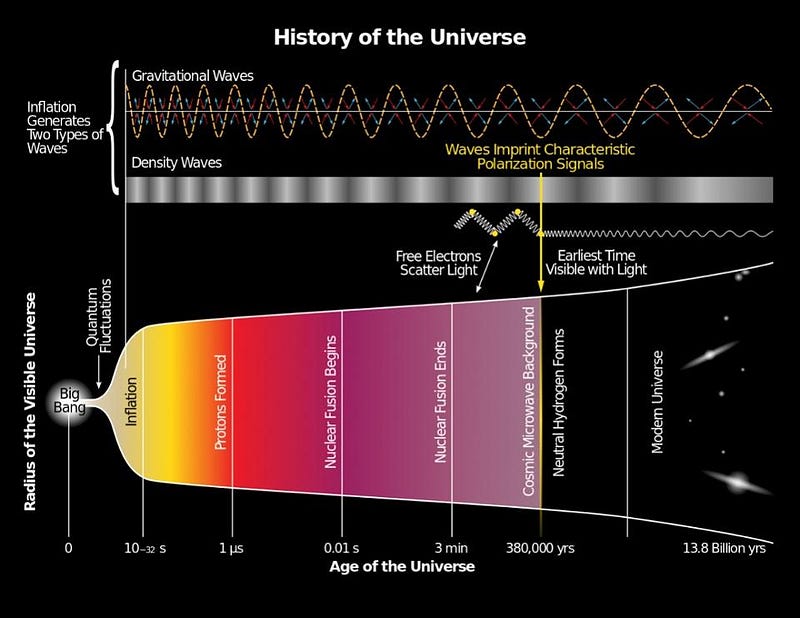
5.) Take care to get it right. This is a point I cannot emphasize enough. There will be graphics out there that illustrate out-of-date interpretations of how things work. There will be many wrong explanations concerning phenomena we’ve observed. There will be fallacious theories and historical accounts that many authorities still cite. And there will be mistakes that no one has bothered to look into or correct that you just might repeat if you’re not careful. (This came up in a recent book I reviewed; it still sticks in my mind.)
In fact, some of you may complain that this is too similar to point number 3: don’t oversimplify. But it’s more than that; it involves being aware of what misconceptions are already floating around, and taking the time to address the mistakes that other people have already made. It involves repeating yourself for emphasis. It involves impressing on your audience the things you believe are important to communicate to them. And it involves doing it in a way that will increase the accuracy and depth of their knowledge about what you do and why.
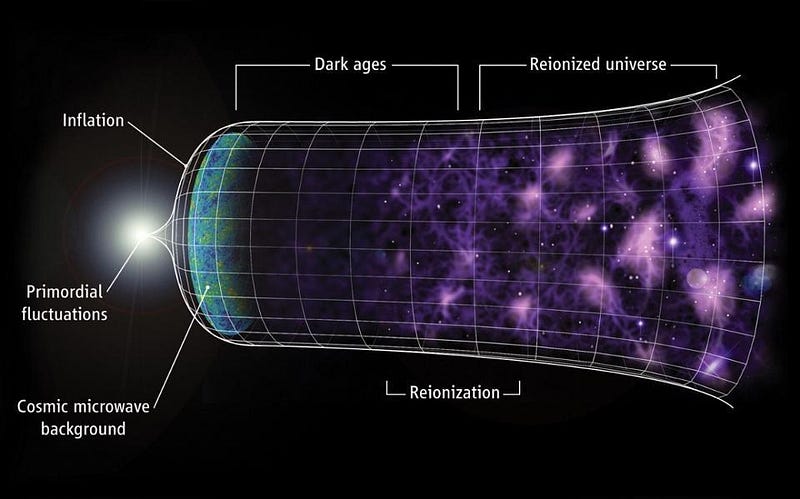
Remember that your number one goal, if you’re a scientist writing about your science, is to increase the excitement and knowledge of your audience about what it is that you do. What we’re learning about all aspects of the Universe is expanding and increasing every day, and that joy and wonder should carry over to all of us in our daily lives. We cannot be experts in each and every field, but that underscores exactly why we need experts, and to respect true expertise when we encounter it.
If we take care to communicate responsibly, we can all gain a greater awareness of what it is that we do understand, as well as an appreciation for what that knowledge means. We may never run out of questions to ponder about the Universe itself, but with a little care and effort, we can all come a little bit closer to comprehending the answers.
Ethan Siegel is the author of Beyond the Galaxy and Treknology. You can pre-order his third book, currently in development: the Encyclopaedia Cosmologica.




